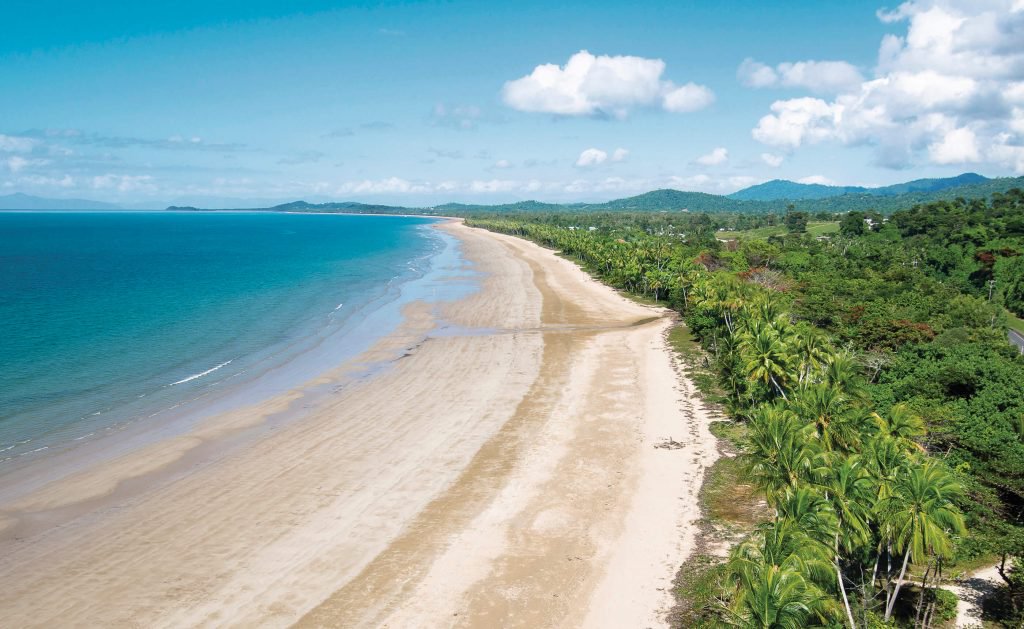I've been planning on a Portuguese Northern Australia, but I'll be honest, a Prussian/German Northern Australia is quite tempting, hear me out.
Portugal at this point is a small European country that is way past its glory days in the 16th and 17th centuries. They have the colonies of Brazil, Angola, Moçambique and the West Coast of India, they're pretty overextended is what I'm saying. Meanwhile, Prussia has been a rising European power for the last century, by this point having established hegemony over Northern Germany, and while they'd never been a colonial focused nation (Bismarck in particular viewed colonies as a waste of resources IOTL, but he may be butterflied here), having a colony would cement them as one of the big boys of Europe. With Northern Australia being one of the last sparsely populated (because most of it looks like
this) and uncolonized regions of the world, this would be a prime location for a German settler colony (by "prime" I mean that 90% of it is a dang-near uninhabitable wasteland, but at this point there is nowhere else to go for a settler colony). That being said, Portugal has the nearby colony of East Timor, while Prussia would have to navigate the entire Atlantic and Indian oceans to get Down Under, but hey, if the Danes and Swedes can colonize New Zealand, I don't see why the Germans can't colonize Northern Australia, or at least parts of it.
An idea I have about this is that Portugal will colonize the Northern Territory, while Prussia will colonize Northern Queensland (north of the Tropic of Capricorn basically). At the very least, I'm gonna have a Prussian New Caledonia, just as a consolation. However, I'ma leave it up to you guys, so I present to you a strawpoll over the fate of Northern Australia (which will not be good for the Aborigines, but that's a topic for another time).
https://www.strawpoll.me/18568117


